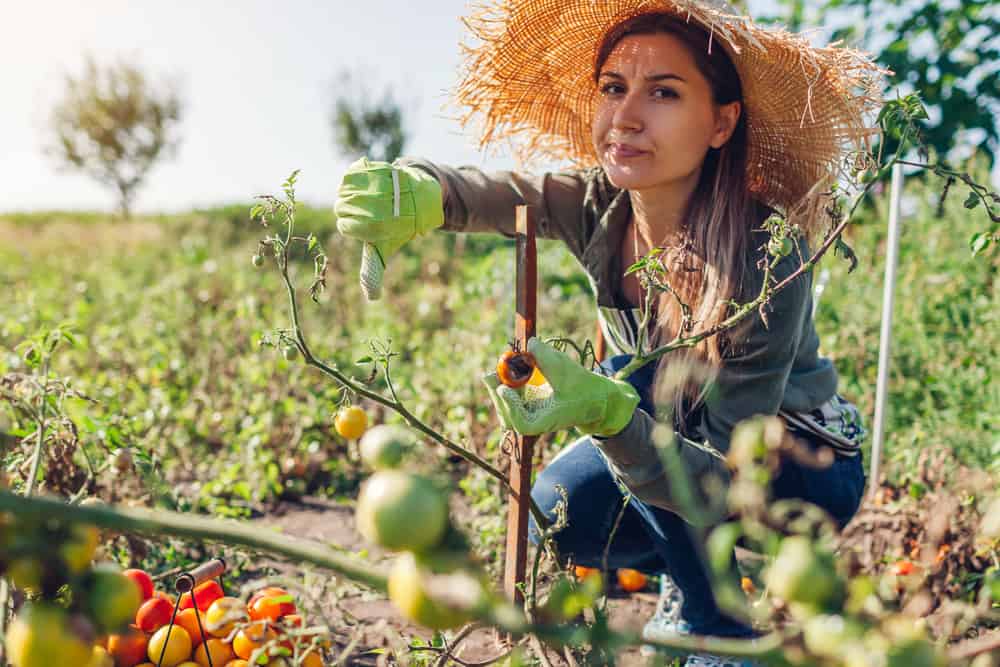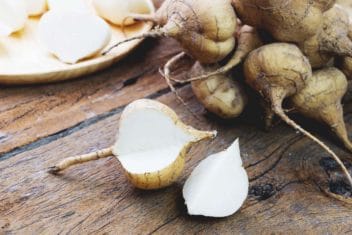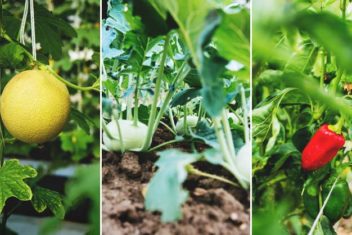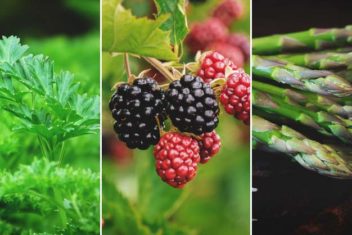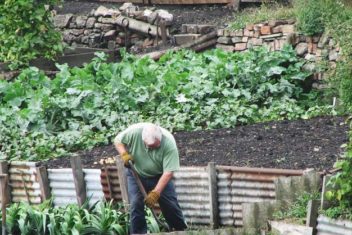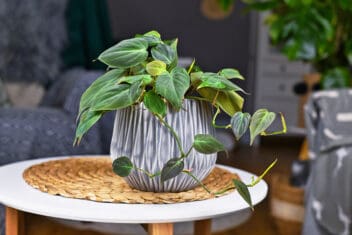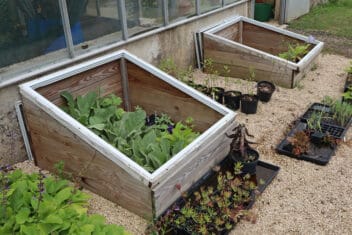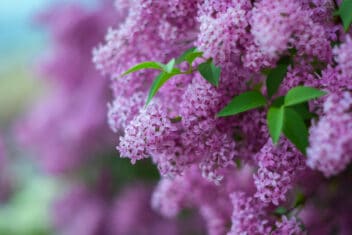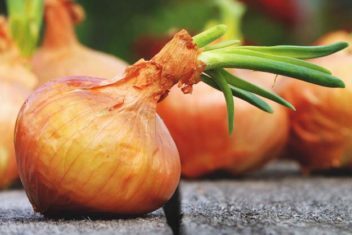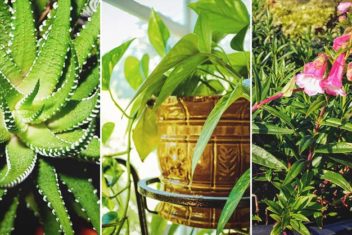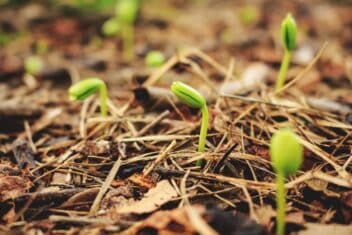Vegetable gardening seems deceptively simple, but there are many things that can go wrong. This article will explore common vegetable gardening mistakes and how to avoid them to save you money and time.
Even though we can’t control everything in nature, we have some power over elements such as watering, soil, and fertilizer.
Whether you’re new to gardening or you’ve been planting veggies for years it’s always useful to understand the common mistakes people make. That way, you can learn from others and avoid doing the same thing. Here are some of the most common issues:
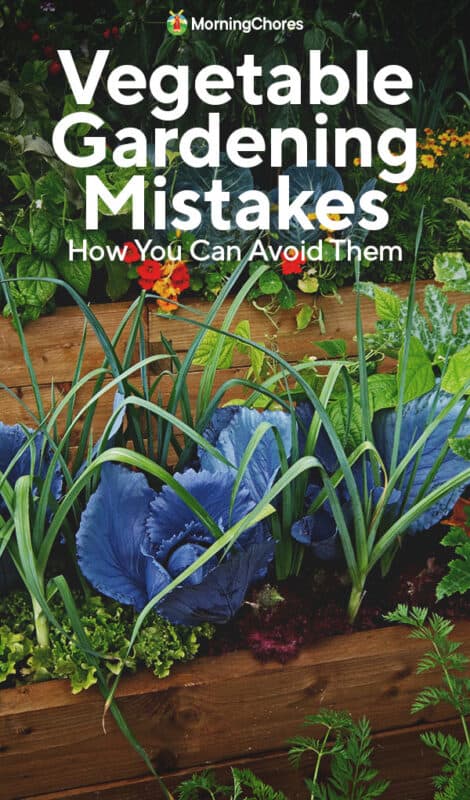
1. Choosing the Wrong Plants

One of the most common mistakes when it comes to planting vegetables is choosing the wrong species. Sometimes it’s easy to pick plants based on your personal preference instead of what is suited to your climate.
Your favorite veggies at the grocery might have been imported from far away and won’t thrive in your garden. When choosing which species to plant you have to do some research beforehand about what conditions they need.
You are fighting a losing battle if you select plants that simply won’t do well in your region. Save yourself the headache and pick plants that do well in your climate.
2. Planting at the Wrong Time
We’ve all been super eager to put our plants in the ground when the first signs of spring emerge. But don’t jump the gun! You need to wait until the time is right. If you place your tomatoes in the ground and a surprise freeze comes to visit, you’ll lose your plants.
Even plants that survive bad weather will likely be stunted and may struggle to grow well. You might never get the bi harvest that you would have otherwise. Wait to plant until the appropriate time.
3. Crowding Plants
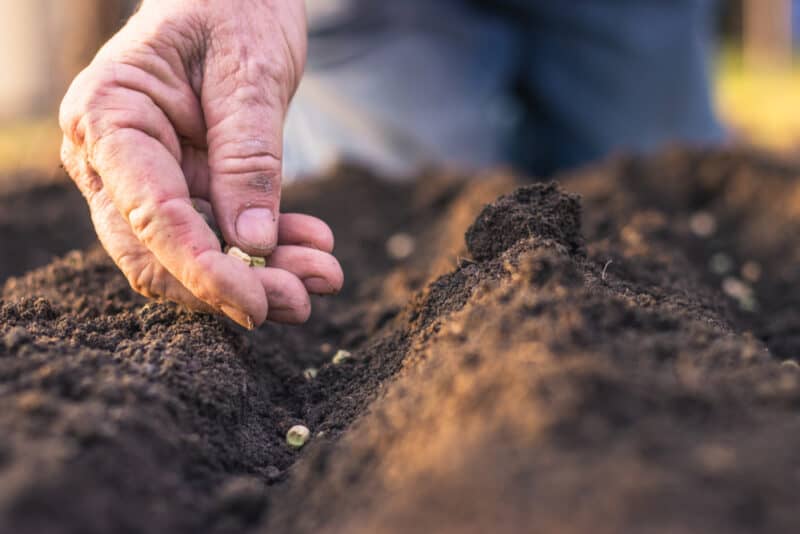
Most of us have to make the most of our space. That makes it tempting to want to pack our plants as tightly as possible. Don’t do it. Crowded plants are prone to pests and diseases and they usually have a smaller harvest than usual. Keep your plants appropriately spaced.
If you need to maximize your area, consider vertical gardening and container gardening.
4. Forgetting to Weed
You might think of weeds as an annoying issue that you can safely ignore. But weeds are a problem for many reasons. They can attract pests and diseases, they compete with your crops for resources, and they can even overtake your more delicate plants.
Pull your weeds, put down mulch, and follow our tips for keeping weeds under control. This is one of the easiest vegetable gardening mistakes to avoid, but such a common one to make!
5. Not Preparing the Soil
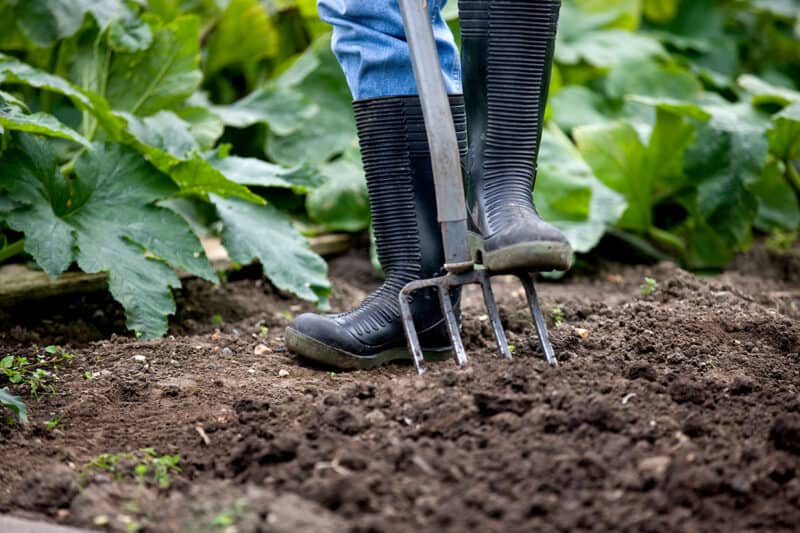
We’ve all been there. We’re in a rush to put our plants in the ground so we dig a hole in the soil and plop our new addition right in the ground. But most of us don’t have the perfect soil.
That means we need to do things like work in lots of well-rotted compost into the soil before planting. Some of us need to add some sand, or amendments to adjust pH and the nutrient balance in the soil, as well.
6. Not Feeding Your Plants
Not all plants need additional nutrients beyond what is in the soil, but many do. Those that require fertilizer will struggle, be more susceptible to diseases and pests, and won’t give you the harvest you would have otherwise if you don’t feed them appropriately.
Fertilizing can be an art because it requires a delicate balance. That’s why it’s one of the more common vegetable gardening mistakes to make.
7. Forgetting Microclimate Details
Don’t forget to consider the microclimate in your garden area. The wind and sun exposure, and topography of a spot, are all factors you need to think about when planning where your crops will go.
You should carefully choose a location that gets adequate sunlight and shade for your vegetables. When you’re evaluating your space you should take note of the conditions during different times in the year.
A spot at the bottom of a hill might be susceptible to late spring frost, while the nook next to your home might get too much shade in the summer when the trees fill in.
8. Ignoring Your Options
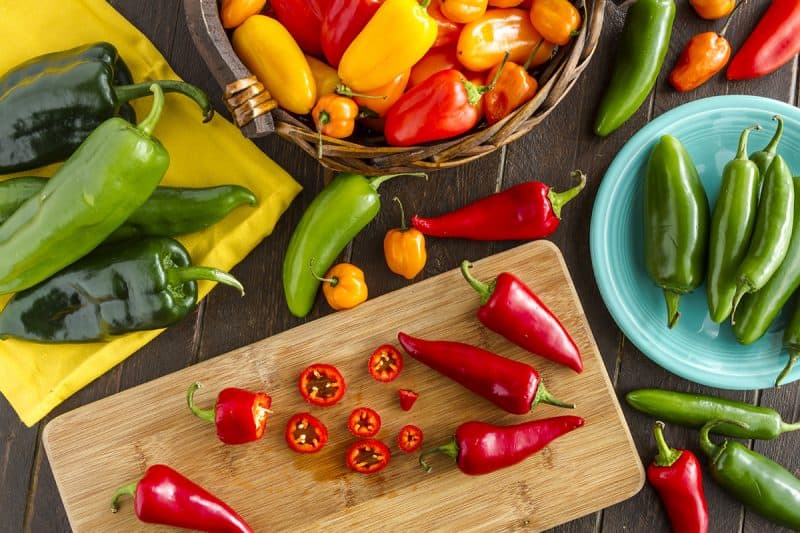
Do you want to have your own supply of tomatoes and carrots? If yes, then have you thought about what variety you’d like? There are many different cultivars, hybrids, varieties, and forms of the vegetables we know and love.
Newbie gardeners tend to overlook varieties when purchasing seeds.
But you should always research the crop you’d like to plant and consider cultivars that suit your needs and particular climate.
For instance, you can succeed with a half-high blueberry for your USDA Growing Zone 3 yard, but a southern highbush would die during the first winter. ‘Tasty Nugget’ brussels sprouts do well in warmer climates while ‘Diablo’ is best kept in cooler climates.
9. Buying Too Many Seeds
The size of your vegetable garden will depend on your individual situation so it’s good to double-check the exact measurements of your available space in advance. If you do this then you’ll avoid disappointment if you buy a bunch of seeds and can’t plant them.
Most seeds have a short shelf life and won’t stay viable year after year. That’s wasted money.
A tip for managing the size of your garden with the number of seeds is looking at how many vegetables you’re already consuming weekly. That way, you’ll be able to estimate how many vegetables you’ll require when growing.
10. No Companion Plants
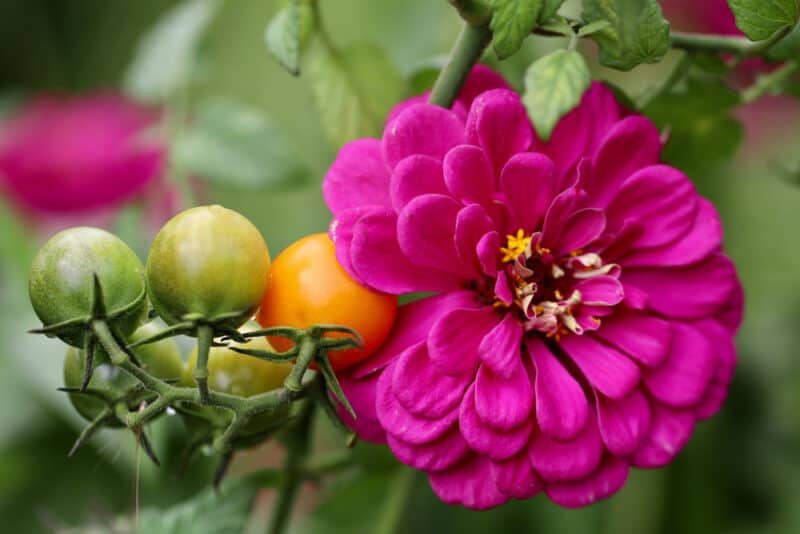
Companion planting is also a useful way to avoid pests and diseases on your veggies. But so many people forget to take advantage of this technique.
Companion planting is also known as polyculture and it refers to the process of planting two or more crops near each other in order to improve the health of the plants. This can improve yield and maintain soil fertility, attract wildlife, and act as pest control.
The three sisters method is perhaps the most famous, but there are many plants that make good friends, such as marigolds and tomatoes. When gardening vegetables, avoid planting mistakes and plan ahead to put veggies that do well near each other.
11. Not Planning Ahead
Speaking of planning, this is another common vegetable gardening mistake. A garden is not just for one month, it exists all year, whether you’re growing something or not. If you plan carefully, you can maximize your time and keep your garden in good health.
During the planning stage, consider how long a plant requires to grow, what season it thrives in, and what the weather generally looks like in your area. Perhaps you’ll grow kale in the spring, tomatoes in the summer, and radishes in the fall, all in the same spot.
Then, in the winter, you’ll turn the soil put down a layer of dried leaves to help nourish the soil for next year.
You need to decide in advance how you’ll handle your crop situation so you can plant accordingly. Playing it by ear only leads to disaster! If you struggle with planning, consider investing in a gardening planner.
12. Leaving Areas of Bare Soil
As a general rule, you should never leave lots of empty space in your garden. If your soil is left bare for too long then it will become eroded by rain or wind. Moisture can also evaporate during the warmer weather which can deprive your plants of nutrients.
That doesn’t mean you need to plant veggies everywhere. You can put down cover crops or just fill the spot with some pretty native wildflowers. You could even cover the area in mulch and leave it fallow.
13. Failing to Prevent Unwanted Wildlife Friends
You can’t completely stop wildlife from entering your garden and snacking on your vegetables, but you should do your best to try. The last thing you want is to wake up to find a whole patch of pumpkins demolished by the local deer herd.
Some wildlife is beneficial to your garden. For instance, bees, birds, and earthworms can keep your ecosystem healthy and functional so you should encourage them to visit your crops.
Check on your crops every day to see if there are any problems and take quick action if you notice you have visitors like deer, moles, rabbits, or elk. Fences can help with some pests, but you may need to do more work to keep problem animals away.
14. Watering Too Often
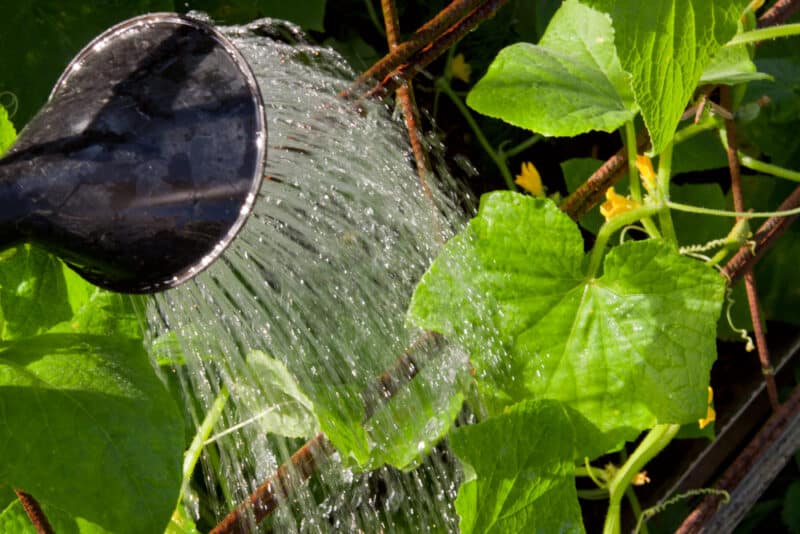
Some veggies require a ton of water. But don’t make the mistake of watering too often! Frequent shallow watering encourages shallow roots. Shallow roots mean the plant can’t access the water deeper in the soil, so they’re more susceptible to heat and drought.
Water deeply but as infrequently as possible to avoid this common vegetable gardening mistake.
15. Skipping the Good Moments
Managing a garden can be hard work so it’s essential that you take time to appreciate the good moments that come with planting vegetables. It’s easy to get caught up in chores like watering and fertilizing and forget to take a moment to enjoy your progress.
Make yourself a warm drink, sit outside, and admire the beautiful vegetables growing in front of you! Savor the fruits of your labors when they’re ready. And even when you’re digging up those weeds, notice the sun on your skin and the sounds of the birds around you.
Don’t Let the Potential for Mistakes Hold You Back
Don’t worry about making too many mistakes. Gardening is a process of trial and error and we all do the wrong thing now and then. Embrace the process and focus on the benefits of what growing your own vegetables can bring.
For example, when you grow your own veggies, you have control over the fertilizers, pesticides, and herbicides that you use.
In addition to ensuring your vegetables are organic, you can also reduce your carbon footprint. Your food doesn’t need to be shipped across the world.
Without a doubt growing your own produce saves you a lot of money. Growing your own vegetables also helps connect you to your food and encourages healthy eating!
For those people who enjoy cooking it can also inspire you to create new recipes using your own ingredients. You can also be a good neighbor by giving away excess crops to friends and family.
Growing your own vegetables is also ideal for bonding time with your family. You can take the occasion to talk to your little ones about crops and nature while you’re watering the plants.
Tending to your crops is a chance to relax and go offline which can help you destress and sleep better. After all, gardening is great for your mental health!
